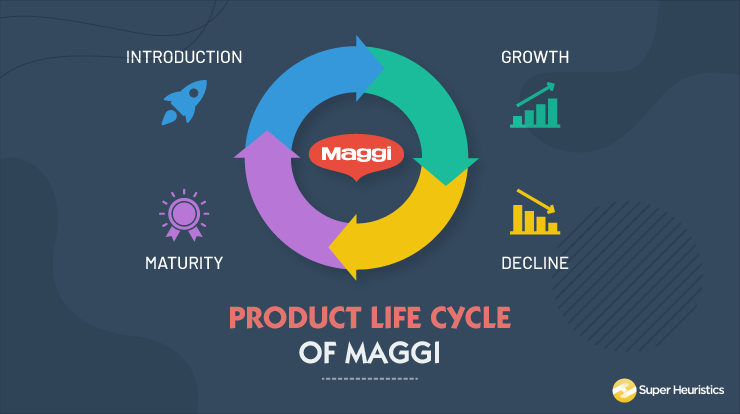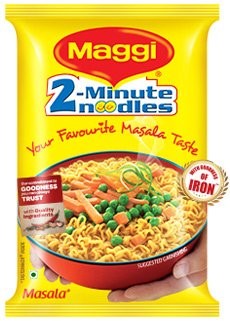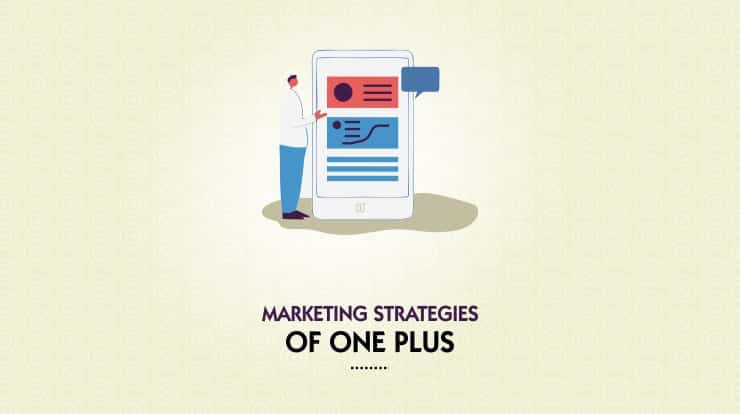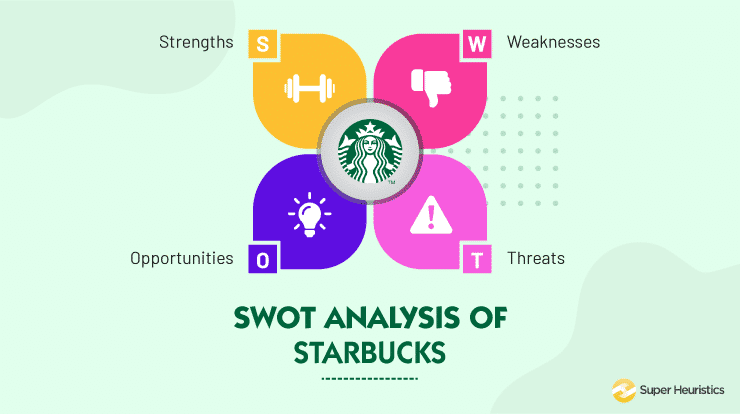
Maggi has been every Indians comfy food for more than 3 decades! Remember the late-night Maggi? “Pahaad-wali” Maggi? Or simply the snack-time comfy Maggi? Although, have you ever thought about how Maggi evolved as a product over the years? Through this article, lets understand the Product Life Cycle of Maggi.
Nestle launched Maggi in the year 1982 as the first instant noodle brand in India. Although it was difficult to position Maggi in its early years, it can easily be said that it has positioned itself so strongly in the minds of the consumer that it has become a brand in itself.
The Maggi brand originates from Switzerland where in 1886, Julius Maggi created a recipe of flavours to bring added taste to meals. This marked the beginning of Maggi brand and its convenient products. In the year 1947, Nestle acquired Maggi.
Let us understand in detail, what are the 5 stages of product life cycle? And see the product life cycle of Maggi, our favourite instant noodle brand!
What are the 5 stages of product life cycle?
The concept of product life cycle cannot be explained more appropriately than the image given below.
Every product like a flower bud is initially born and goes through the development stage and is then introduced to the world. In the middle picture, the product is in its highest selling phase which is the maturity phase and then eventually starts declining and is removed from the shelf.

Source: Amazonaws.com
The product life cycle of a product is associated with marketing and management decisions within business, according to this concept, all the products go through 5 primary stages in their life: development, introduction, growth, maturity, and decline.
It is measured on two parameters, sales and time, with time the sales of the product initially increase reaches the maximum and starts declining until it is completely removed from the shelves.

Source: Product Life Cycle
Let’s understand what are the 5 stages of product life cycle, and all the 5 components individually.
Development
Referred to as the “Valley of death”, the development stage is the first stage in the product life cycle of a product where the costs keep accumulating for making the product without any corresponding revenue.
The timeline and expense of this stage differs with different products, some products require large capital investment in the development and trial of the product in this stage and other products might not need a lot of investment at this stage.
Development stage is very ambiguous and is risky for outside investors, therefore attracting very limited number of outside investors placing the financial burden on the company itself. Existing companies can survive in this case, but gets very difficult for a start up to survive in this valley of death.
Introduction
The introduction stage is launching the product in the market, trying to develop a market for the product and building product awareness. It is the most crucial stage for the survival of the product.
In this stage, it is observed that the product has low sales, high costs per customer as the product price might be high to recover the cost associated with the development phase of the product life cycle, and funding of this phase is generally through an investor or lender.
Growth
When a product enters the growth phase the sales and profits of the product take off, thereby reducing the cost per customer. Increased number of customers lead to increase in sales and profit and seeing the opportunity in this segment, more competitors start entering the market.
In the growth phase, the product is accepted by the customer and the company through innovative product design, product differentiation, etc., try to increase their market share.
Maturity
As the competition gets more intense in the growth and maturity stage, the company tries to differentiate its product from the competitors.
At this stage, we see the peak point in terms of sales and the product reaches a saturation point after which the growth in sales becomes constant or in some cases starts declining.
In this phase, the cost per customer is the lowest, profits are high and the product owns a larger part of the market share. Companies usually do not need additional funding at this stage.
Decline
The decline stage of a product life cycle is associated with decrease in revenue due to market saturation, high competition, and changing customer needs.
Companies at this stage can either choose to discontinue the product, use the resources of this product to make other company products, sell the manufacturing rights to some other business, etc.
This stage is the last stage in the product’s life cycle, after which the product’s shelf life ends.
Now that we’ve covered what the five steps of product life cycle are, let’s get back to the product life cycle of Maggi. In this article we will read about the 4 main phases of the product life cycle of Maggi, i.e., Introduction, growth, maturity, decline.
Introductory stage in product life cycle of Maggi
Popular in many countries like Australia, New Zealand, South Africa, India, Nestle wanting to explore the potential for such instant food/noodle brand in India, launched Maggi in the year 1982. It took several years and lot of money for Nestle to establish its noodles brand in India.

Source:nestle.in
When Maggi noodles was launched in India it had segmented the based on age and urban families targeting kids, youth and office goers positioning itself as fast to cook, 2 minute noodles, with the tagline of “taste bhi, Health bhi”. Positioning however was not an issue, as no instant noodle had been launched in India, Maggi was the first one.
In the initial stages, Maggi had high failure rates, frequent product modifications(to adjust to Indian consumer), high marketing and product cost as they were trying to build product awareness. With a lot of ups and downs and high failure rates, Maggi survived the introductory stage.
Let us now see the next stage in the product life cycle of Maggi, the growth stage.
Growth Stage in Product Life Cycle of Maggi
Around 1985, the demand for Maggi had increased tremendously in India recovering their developmental costs and increasing the sales rate. Maggi remained the monopoly in the Indian Market till 1990, after which Top Ramen entered the market reducing the market share of Maggi a little.
10 years back Maggi had 50% of the market, In order to increase its sales again, Maggi introduced a new flavour in 1997 which wasn’t well accepted by the consumer, thus in 1999, Nestle re-launched its old flavour of Maggi, getting back on track in terms of sales.
Over the years, Nestle has also introduced many products under the Maggi brand, like the ketchups, soup, oats, pasta, more noodle flavours etc.

Source: Worldkings.org
Let us now see the next stage in the product life cycle of Maggi, the Maturity Stage.
Maturity Stage in Product Life Cycle of Maggi
During it’s maturity stage, Maggi’s sales were at peak, production costs were low and profits were high. In 2003, Hindustan Unilever Limited (HUL) was all set to take on Nestle’s Maggi by launching a new category of liquid snacks under it’s food brand Knorr Annapurna.
Priced aggressively at 5Rs, the new product called Knorr Annapurna Soupy Snax was made available in 4 varieties. Like Maggi, it had a similar target market and positioned it in a similar manner.
Also, Maggi faced tough competition from Top Ramen. That led to decline in sales, signifying that Maggi had entered the maturity stage.
Maggi reaching the peak and seeing the sales rate declining launched a series of new products. While keeping price aggressive at 5 Rs and made the distribution channel more intensive to encourage their product over the competitor.
Let us now see the last stage in the product life cycle of Maggi, the Decline Stage.
Decline Stage in Product Life Cycle of Maggi
There were certain hiccups in the way- like the banning of Maggi. Due to high lead content almost led us to believe that our favourite noodle brand is now off the shelf. And may be reached its last phase, i.e., the decline stage.
Read the entire story of how Maggi escaped its death here!
But Nestle invested more in the research of Maggi and took corrective actions. For example, Internal employee engagement, increased campaign, more activities on social media, and revived back from the near disaster.
Talking about the current scenario, After the world was hit by the Corona Virus Pandemic In the year 2019, Maggi sales shot up by 25% as consumers stayed home and stockpiled instant noodles.
With increase in total and domestic sales by 8.1% and 8.5%, respectively, Maggi’s revenue in the year 2020 and 2021 is continuing to increase. Maggi therefore escaped its death and climbed back from the decline stage and recovered well.
These were the most important stages in the product life cycle of Maggi!
Conclusion
This was my take on the product life cycle of Maggi. In this article we talked about What are the 5 stages of product life cycle? Namely, the Development, Introduction, growth, maturity and decline stages.
We also discussed in detail the Product life cycle of Maggi. The Introductory, growth, maturity and decline stages in product life cycle of Maggi.
Maggi even today is the most liked and valuable instant noodle brand. And now has expanded its reach into other diverse flavours and products.






